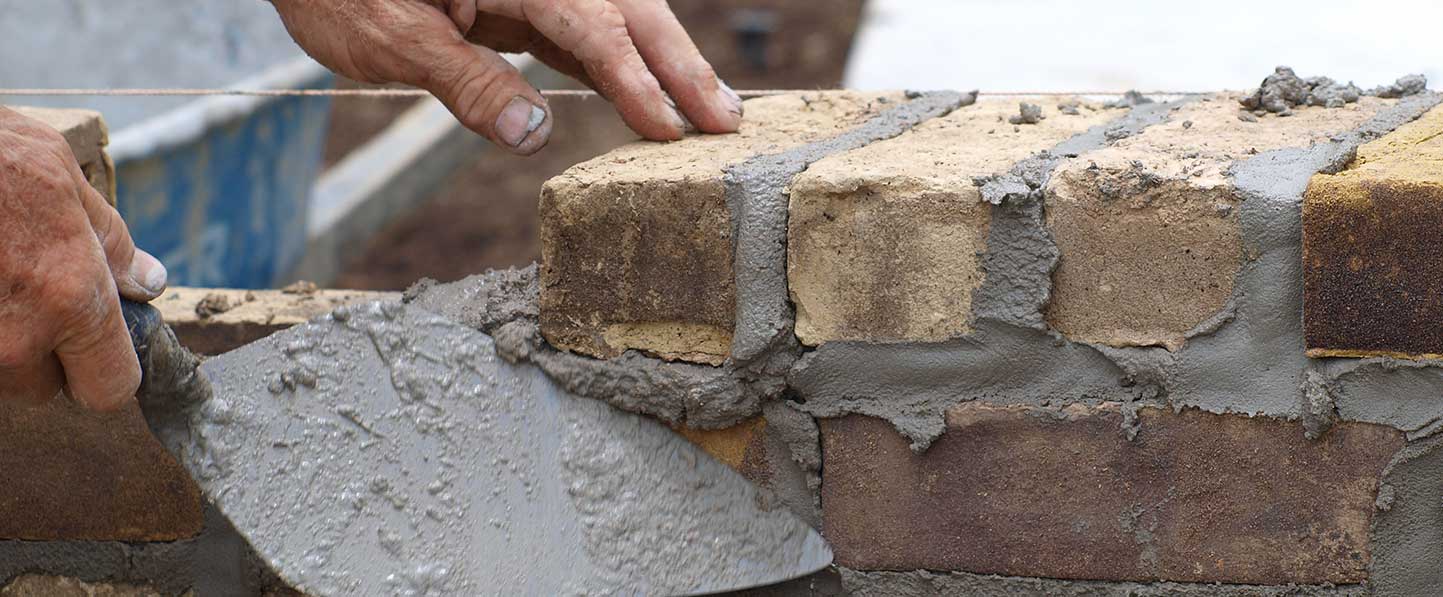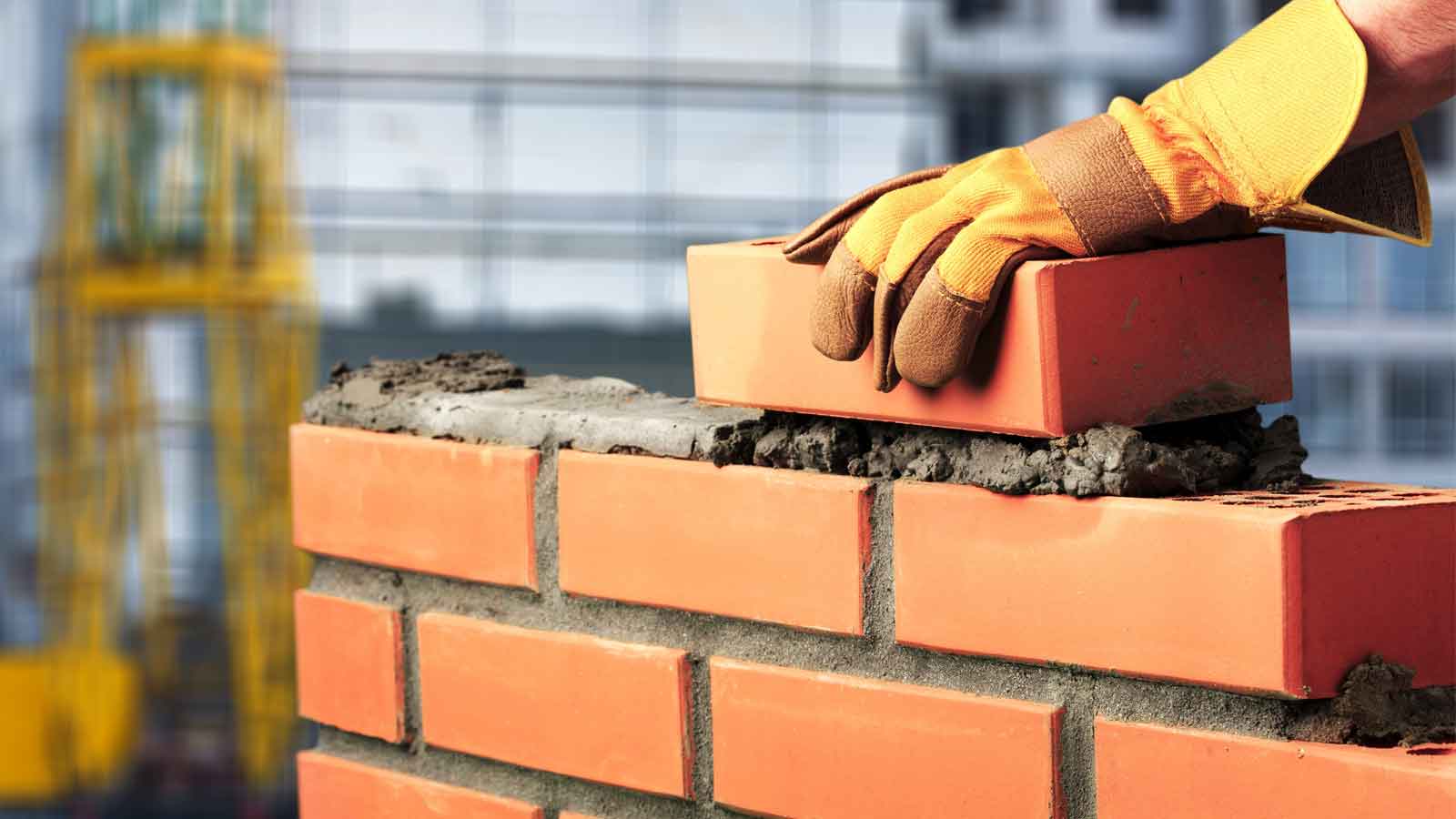Arrange a Chimney Sweep Today for a Tidy and Safe Fireplace
Arrange a Chimney Sweep Today for a Tidy and Safe Fireplace
Blog Article
Opening the Tricks of Lasting Masonry Building And Construction Practices for Eco-Friendly Buildings
Among the myriad methods to eco-friendly structure, lasting masonry building stands out as a tried and true and durable approach that holds a wealth of untapped possibility. From the choice of products to innovative building techniques, the secrets to achieving sustainability within stonework construction are diverse and appealing.
Advantages of Sustainable Masonry Building
Welcoming sustainable masonry building and construction methods not just lowers ecological effect yet additionally uses long-lasting financial benefits to builders and areas. By making use of materials like recycled bricks, blocks, and rocks, home builders can dramatically lower the carbon impact of their projects while promoting resource performance. In addition, sustainable stonework building and construction methods, such as appropriate insulation and thermal mass residential properties, can improve energy performance within structures, leading to reduced functional costs over time.
Additionally, the resilience and strength of stonework structures add to long-term financial advantages. Structures constructed utilizing lasting masonry practices typically need much less maintenance and repair service, translating to set you back financial savings for building contractors and building owners. The long life of stonework products additionally ensures that frameworks remain steady and secure, decreasing the demand for frequent improvements or substitutes.
Eco-Friendly Stonework Materials
Making use of green masonry products is a critical step in the direction of enhancing the sustainability of building methods and minimizing ecological impact while taking full advantage of long-term economic advantages. Lasting stonework products are sourced, created, and used in a manner that lowers total ecological impact. Products such as recycled bricks, redeemed stone, and lasting cinder block are ending up being progressively popular choices for eco-conscious home builders. Recycled bricks, as an example, not only divert waste from landfills but likewise need much less power to generate contrasted to brand-new bricks. Reclaimed stone offers a special aesthetic appeal while minimizing the requirement for new quarrying. Sustainable concrete blocks integrate recycled aggregates and may include better insulation buildings, adding to power performance in structures.
Moreover, natural materials like adobe, rammed earth, and straw bales give outstanding thermal mass residential properties, reducing the requirement for home heating and cooling power. These materials are typically locally readily available, promoting local economies and reducing transportation-related carbon emissions. By picking green stonework products, building and construction tasks can dramatically minimize their environmental impact and add to the production of much healthier, extra sustainable developed atmospheres.
Energy-Efficient Masonry Methods
Power performance plays an essential duty in improving the sustainability of masonry construction practices. One vital energy-efficient stonework technique is the use of thermal mass, which includes incorporating thick products like concrete or brick into the structure's structure to soak up and store warm.

Technologies in Lasting Stonework
Recent developments in lasting stonework methods have brought about innovative strategies that are improving the building and construction sector. One such technology is the advancement of self-healing concrete, which uses germs embedded within the concrete to heal fractures autonomously. This development not only decreases maintenance costs however also boosts the sturdiness of stonework frameworks, adding to their sustainability.
Another remarkable advancement is the usage of recycled aggregates in stonework building and construction - masonry contractor. By incorporating products such as smashed ceramic waste or recycled glass into concrete blends, contractors can lower the environmental influence of construction tasks while keeping structural honesty. This method not only draws away waste from land fills however likewise saves natural sources, making it a key innovation in lasting masonry building and construction
In addition, the assimilation of digital layout devices, such as Structure Information Modeling (BIM), is changing the method masonry structures are planned and created. BIM enables for more specific calculations, decreased product waste, and enhanced power performance, inevitably causing even more lasting structure methods. These innovations collectively represent a promising future for sustainable stonework construction in go to this site the age of environment-friendly structures.
Future Trends in Stonework Sustainability
With the ingenious strides made in sustainable stonework techniques, the future fads in stonework sustainability are positioned to further transform the building market. Among the key fads shaping the future of stonework sustainability is the increased assimilation of modern technology. Developments such as Building Information Modeling (BIM) and digital truth simulations are being made use of to optimize stonework construction processes, causing reduced product waste and improved power efficiency in structures.
Moreover, the development of novel sustainable materials is set to play a significant role in enhancing the eco-friendliness of masonry building and construction. masonry contractor. Innovations like self-healing concrete, recycled aggregates, and bio-based binders are gaining traction for their ability to lessen environmental impact while maintaining structural honesty

Conclusion
To conclude, sustainable masonry construction practices use many benefits for environmentally friendly structures. By utilizing environmentally friendly products and energy-efficient techniques, masonry can contribute to an extra sustainable built atmosphere. Innovations in lasting stonework are continuously being developed to learn this here now further boost the environmental performance of structures. Looking in the direction of the future, the pattern of stonework sustainability is expected to expand, bring about more ecologically friendly and energy-efficient construction methods in the years ahead.
Report this page